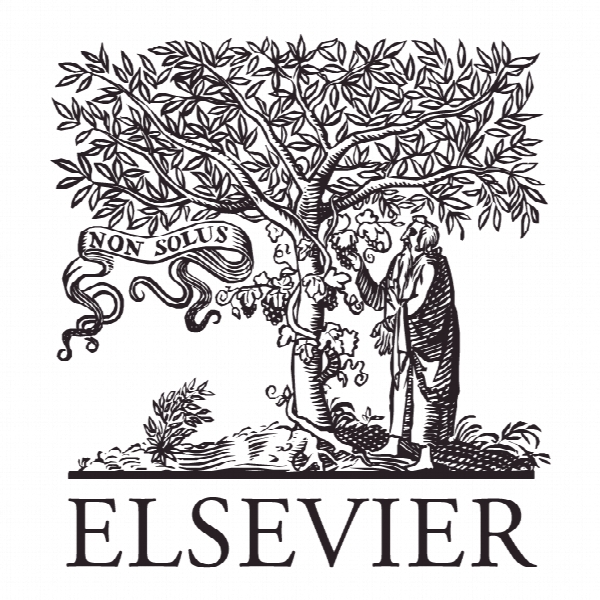روش های فردی و الگوهای تصمیم گیری منطقی و شهودی با مدیران خرید Individual modes and patterns of rational and intuitive decision-making by purchasing managers
- نوع فایل : کتاب
- زبان : انگلیسی
- ناشر : Elsevier
- چاپ و سال / کشور: 2017
توضیحات
رشته های مرتبط مدیریت
گرایش های مرتبط مدیریت کسب و کار MBA
مجله مدیریت خرید و تامین – Journal of Purchasing and Supply Management
دانشگاه دانشکده مدیریت، آلمان
نشریه نشریه الزویر
گرایش های مرتبط مدیریت کسب و کار MBA
مجله مدیریت خرید و تامین – Journal of Purchasing and Supply Management
دانشگاه دانشکده مدیریت، آلمان
نشریه نشریه الزویر
Description
1. Introduction Purchasing research traditionally characterizes decision-making processes as analytical, or rational, processes that include extensive information-gathering and detailed analyses (Riedl et al., 2013; Weber et al., 1991). For example, the comprehensive supplier selection literature, which can be grouped into two major categories (Carter et al., 2010; for a recent review see Igarashi et al. (2013)) – (1) selection criteria (e.g., Choi and Hartley, 1996; Sharland et al., 2003) and (2) decision models (de Boer and van der Wegen, 2003; Singh, 2014) – typically assumes rational behavior. In practice, however, the increasing external volatility and complexity, on the one hand, and the internal time pressures and resource constraints on the other hand, make gathering, structuring, and extensively analyzing data before making a purchasing decision often difficult if not impossible (Ellis et al., 2010; Mantel et al., 2006). In that vein, a large body of literature rooted in cognitive psychology, “demonstrates that individuals are boundedly rational, use heuristics for decision-making, and suffer from systematic biases” (Bendoly et al., 2010, p. 439). The still nascent behavioral operations management (BOM) and the more specific behavioral supply management (BSM) streams therefore argue that a behavioral perspective is also necessary for the supply chain management (SCM) discipline (Bendoly et al., 2010; Carter et al., 2007; Gino and Pisano, 2008). Recent findings from the general human judgment and decisionmaking (HJDM) research further point to the need to investigate both the risks and the benefits of the use of non-rational decision-making modes, such as intuition (Ariely, 2010; Kahneman and Klein, 2009). While intuition as a phenomenon has a long-standing history in the general HJDM research, it has typically been rooted in psychology (e.g., Bendoly et al., 2010; Kahneman and Klein, 2009) and has only recently become a focus in business studies (e.g., Dayan and Di Benedetto, 2011; Kaufmann et al., 2014; Khatri and Ng, 2000). Findings about the relationship between intuition and outcome variables generally have been mixed. One explanation might be the heterogeneous conceptualization and operationalization of the intuition construct (Akinci and Sadler-Smith, 2012). Another explanation might be that until this point, studies have either investigated intuition in isolation (Khatri and Ng, 2000), or they have treated rationality and intuition simply as polar ends of a continuum (Dayan and Di Benedetto, 2011). However, recent decision-making research concedes that both can be used together in a complementary fashion (e.g., Hodgkinson et al., 2009): “A purely intuitive strategy relying only on pattern matching would be too risky because sometimes the pattern matching generates flawed options. [But] a completely deliberative and analytical strategy would be too slow (…).” (Klein, 2008, p. 458). Hence, a combination of rational and intuitive modes seems to be an effective approach.


